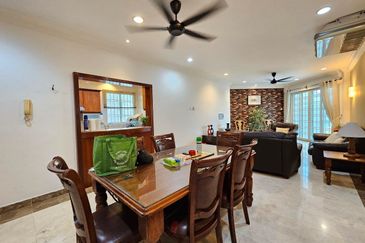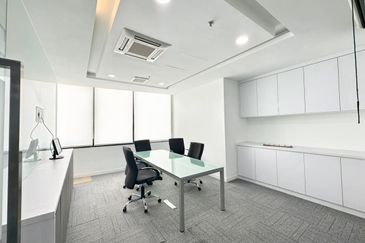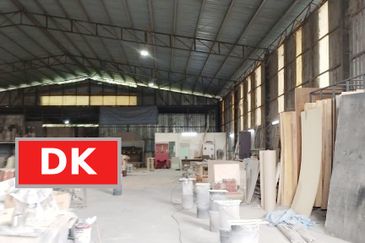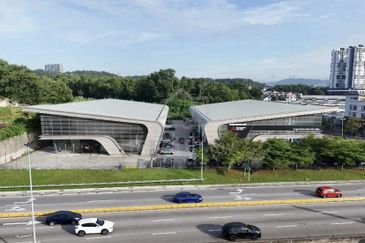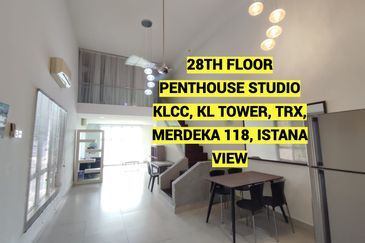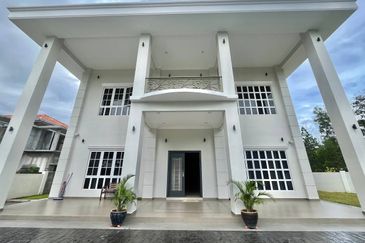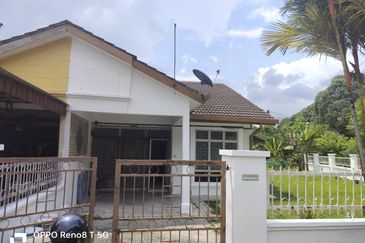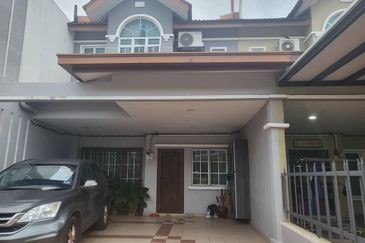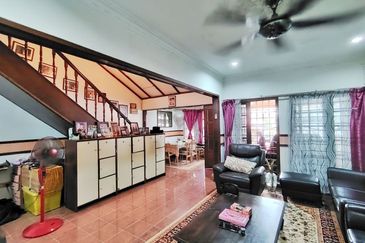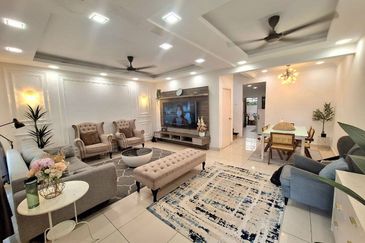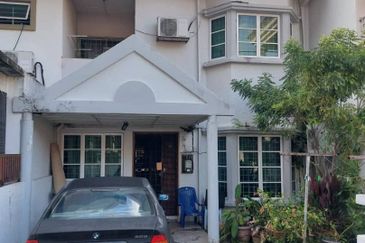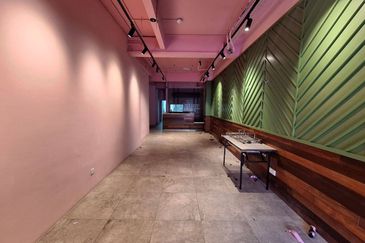
KUALA LUMPUR (June 25): Prime Minister Tun Dr Mahathir Mohamad has said there are grounds to renegotiate or scale down the RM55 billion East Coast Rail Link (ECRL) project, which is currently under review. But former Keretapi Tanah Melayu Bhd (KTMB) chief executive officer (CEO) Datuk Sarbini Tijan said it’s best to abandon the project altogether.
Instead, Sarbini wants the government to revive the existing railway track in the east coast, which was severely damaged and deactivated during the floods at the end of 2014.
He argued that maximising the existing railway assets by rehabilitating the current track is more efficient and cost-effective than building the ECRL. It could be done at a cost of not more than RM3 billion, which is only just over 5% of the ECRL price tag.
“The current track is damaged and should be rehabilitated. And furthermore, only 15% of the KTMB tracks nationwide are utilised for ferrying cargo. Hence, why build a new track and not upgrade the current track?” asked Sarbini.
“What I am proposing to you is that the government can assess and evaluate the business and traffic requirement for lines that traverse through the east coast lines,” he told The Edge Financial Daily.
Currently, KTMB has a rail network connecting Gemas in Negeri Sembilan to Tumpat in Kelantan, which is linked to Thailand via the Sungai Golok line.
To minimise the rail track rehabilitation cost, Sarbini said the government can use materials recovered from upgrading and expanding some 110km of railway tracks in the Klang Valley, spanning from the Kuala Lumpur station to Klang, Salak South to Seremban, and Simpang Port Klang to Port Klang.
“The expansion of the existing railway track will result in new materials used, while the old materials recovered can be used to rehabilitate the existing lines,” he added.
Once the government rehabilitates the existing track, it can then employ the multimodal concept to ferry cargo and passengers between the east coast states and Kuala Lumpur, said Sarbini.
“We can integrate the railway tracks with the existing ports in Kelantan such as the Tok Bali port, or build a connecting station in Mentakab. This is much more efficient and cost-effective, as it will take care of both the cargo and goods, while meeting the demands of customers,” he said.
On the viability of the ECRL, Sarbini questioned whether the government has undertaken a thorough analysis of the four vital aspects: strength, weakness, threats and opportunities.
“First of all, you need to ask whether that project is bankable and viable or not. Secondly, under what consideration did the authorities approve the project,” he said. “Was it a well thought-out plan? I believe no.”
At the same time, Sarbini also questioned the need for the ECRL route to be extended all the way to Pengkalan Kubor in Kelantan.
“There is nothing much in Pengkalan Kubor, and the cargo demand that we have seen in the past has never been sufficient.
Last year, former prime minister Datuk Seri Najib Razak anounced that the ECRL alignment will be extended to Pengkalan Kubor in Tumpat, from Wakaf Baru in Kota Baru.
“If indeed there was enough cargo at Pengkalan Kubor, then by the same token, why is the Kerteh-Kuantan rail line still not running?” he reasoned.
The operation of the 77km Kerteh–Kuantan line, which was managed by state oil company Petroliam Nasional Bhd (Petronas), was terminated in November 2010. The line, which traverses between the Kertih oil refinery and Kuantan port, was built to handle chemical cargo in large volumes and in bulk,
“It goes on to show that there is simply not enough cargo demand to get the operations going,” he reasoned.
Upon assuming power after the May 9 general election, Dr Mahathir said the government is reviewing the feasibility of continuing with the ECRL, which is financed by The Export–Import Bank of China Ltd and constructed by China Communications Construction Co Ltd.
Some analysts and politicians have subsequently said Putrajaya could proceed with the ECRL by undertaking a comprehensive review of the contracts and the financing arrangements.
When contacted, an experienced rail engineer said it is not easy to simply shelve the ECRL, as the government will need to study the contracts signed with the main contractor.
As for the RM55 billion price tag, the rail engineer said it is hard to exactly quantify whether the country is building the ECRL project at competitive terms as there was no open tender called.
Last year, Malaysia Rail Link Sdn Bhd infra director Nor Rizan Mohd Akhir revealed that the RM55 billion price was not as inflated as some have thought as it included superior technical details, rolling stocks and associated cost to build the track on various terrain, which will boast more tunnels and elevated structures along the alignment.
“There are more tunnels and elevation in the ECRL as compared to other rail lines, due to land structure challenges. And obviously the cost to build the railway in this kind of terrain will not be cheap,” he had said.
This article first appeared in The Edge Financial Daily, on June 25, 2018.
For more stories, download EdgeProp.my pullout here for free
TOP PICKS BY EDGEPROP
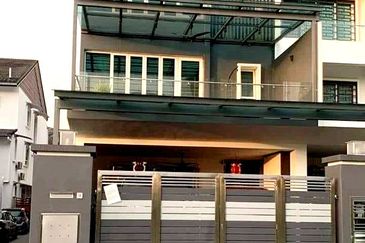
Taman Taming Indah 2
Bandar Sungai Long, Selangor

Kenny Hills - Luxury Twin Bungalow (27000sf land)
Kenny Hills (Bukit Tunku), Kuala Lumpur
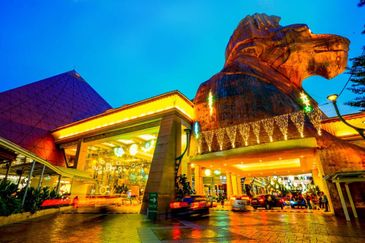
Taman Subang Indah PJS 10
Bandar Sunway, Selangor
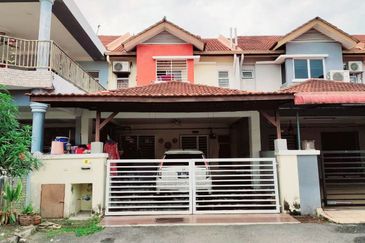
Park Residence Springhill
Port Dickson, Negeri Sembilan
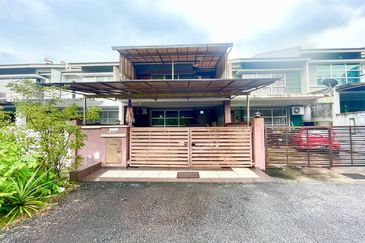
Taman Mawar, Bandar Baru Salak Tinggi
Sepang, Selangor


